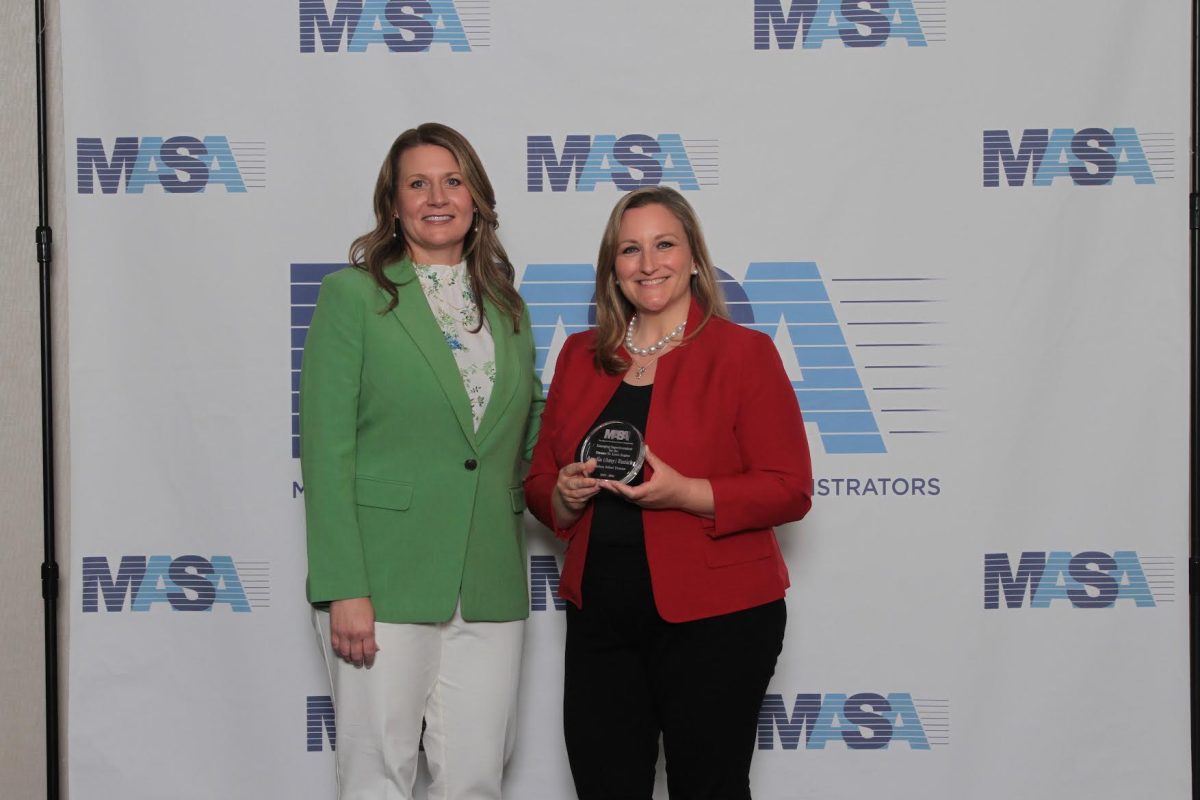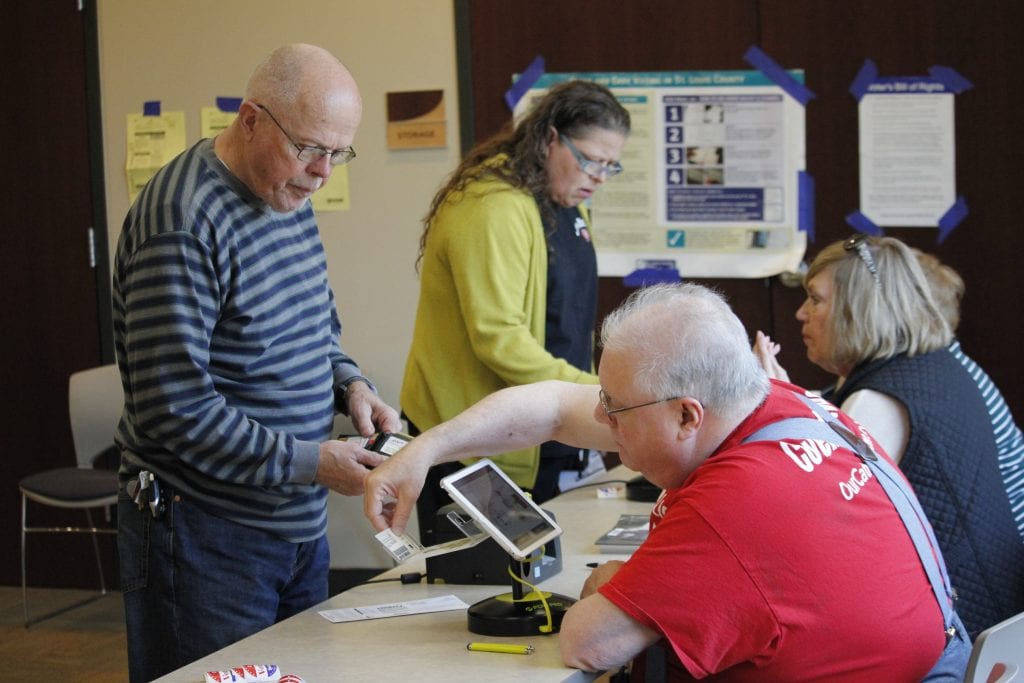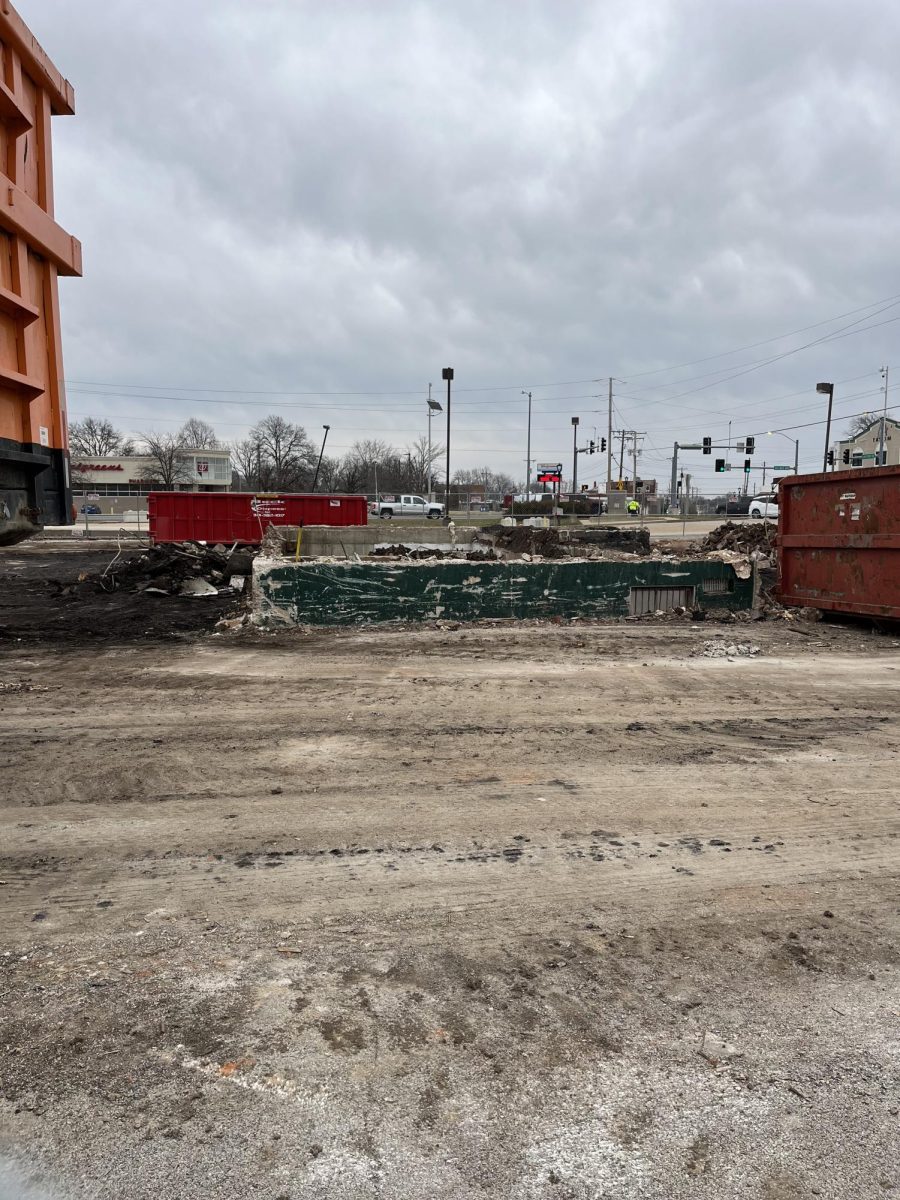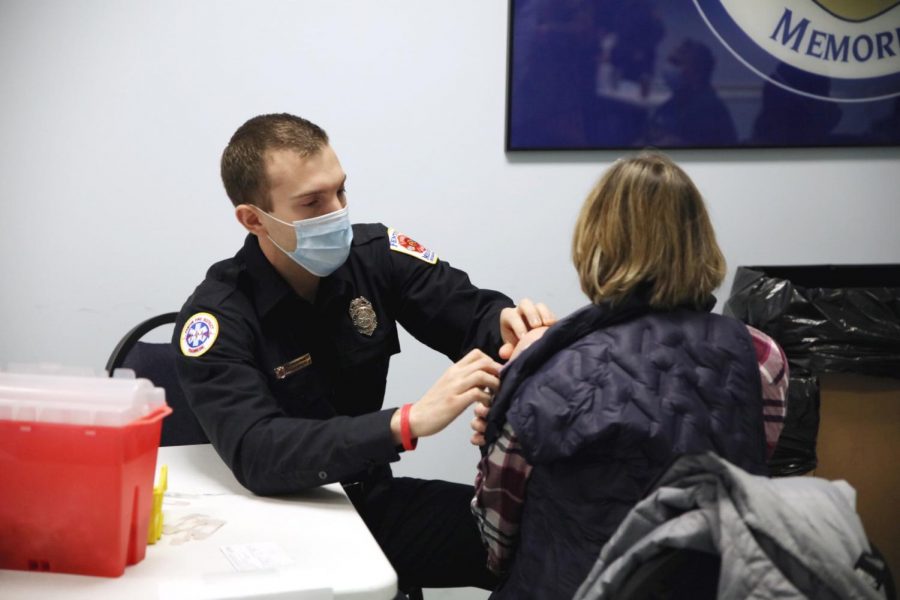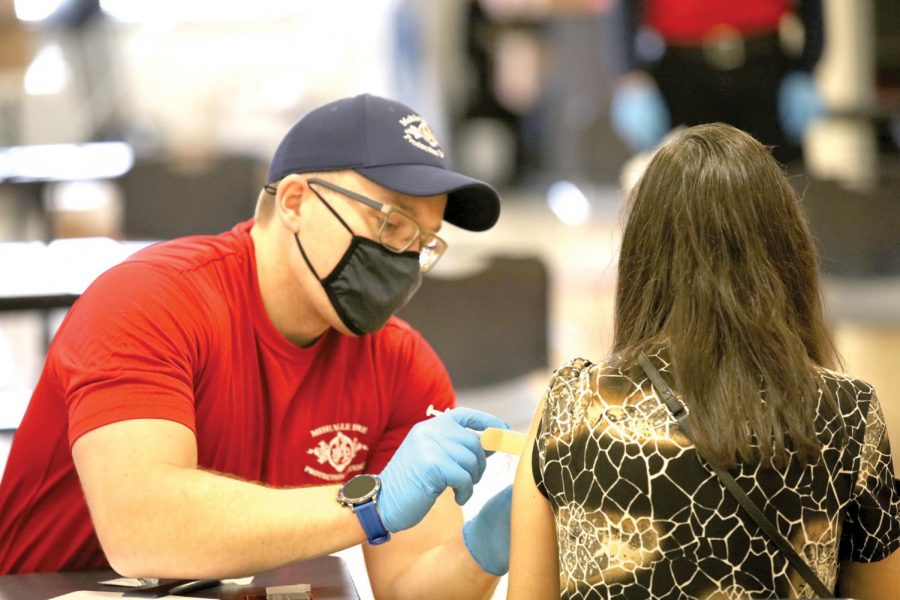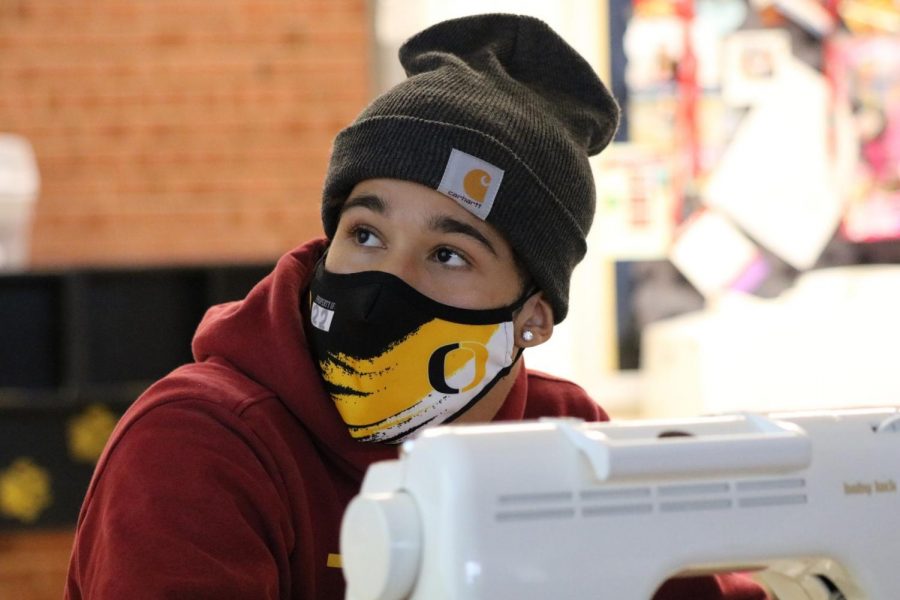A new website and “Food Finder” map are connecting Missourians with their nearest farm-to-table food options.
The new site is meeting a need arising from the COVID-19 pandemic.
Earlier this year, Buckeye Acres, a farm just north of Warrensburg, Missouri, had a website but customers couldn’t use it to order online.
Heather Counts, who owns the farm with her husband, didn’t see the need for that yet. But when the COVID-19 pandemic started affecting Missouri’s economy, they realized the potential of online sales.
As the pandemic upended food supply chains, this is one way that Buckeye Acres adapted, and they found success right off the bat. While the farm still offers in-store purchasing or pick-up, it continues to take online orders even as local economies have begun to reopen.
Despite the shutdown’s impact on the economy, Counts saw a clear increase in business during the past few months.
Buckeye Acres grows strawberries, blackberries, tart cherries and has a pumpkin patch in the fall. They have a wide variety of vegetables, from asparagus to zucchini.
“We probably grow something from every letter of the alphabet,” Counts said.
Counts feels that a lot of new customers have gotten to know their farm during the past few months, while her family formed personal relationships with them.
“They start to feel like one of the family,” Counts said. “People enjoy having that personal relationship with who they’re purchasing their food from.”
As people get more comfortable with in-person visits, Counts thinks some will go back to shopping in grocery stores.
“But I still think we have customers that are now secured, hopefully for a lifetime because they’ve seen what we have to offer,” Counts said.
Connecting producers and consumers
Policies like social distancing and stay-at-home orders are effective public health measures, but they have also forced people to change the way they obtain basic goods and services, including food.
When restaurants closed, at-home food consumption increased significantly. This put a newfound strain on grocery stores, supermarkets and other food retailers, according to a policy brief from the Center for Agricultural and Rural Development at Iowa State University about the impact of COVID-19 on the agricultural sector.
Food supply chains are somewhat flexible, but the pandemic caused a sudden disruption that led to both surpluses and shortages. As a result, consumers began to see empty shelves in retail stores.
In response to the disruptions, University of Missouri Extension created a tool to better connect food producers to local customers: the Missouri Food Finder map. By typing in a ZIP code, consumers can see all the registered producers around them, with details of how to contact and purchase the locally grown food.
Buckeye Acres is listed on the map, along with over 250 other farms across Missouri. The closest ones to South County are farms in Jefferson County.
The idea for the map came from a farmer herself: Lorin Fahrmeier, MU Extension agent and co-owner of Fahrmeier Farms.
Like Counts, Fahrmeier and her husband decided to shift most of their business online in early April because they could no longer sell directly to restaurants and local schools.
Fahrmeier Farms, in Lexington, Missouri, grows a range of specialty crops, berry patches and vineyards on close to 50 acres and has been in Fahrmeier’s family since 1947.
At the beginning of the pandemic, the farm started selling what it calls “produce provision boxes.” These allowed customers to stay closer to home and follow social distancing guidelines.
Fahrmeier also noticed a local butcher shop down the road from her farm — Nadlers in Wellington, Missouri — had shifted their business as well. She noticed that they’d started selling milk, butter and bread in the shop along with their normal products.
“They were kind of those staple items you would find in a grocery store,” Fahrmeier said. “I had the thought that maybe this was going to be the resurgence of rural grocery stores.”
This inspired her idea for the Missouri Food Finder map. As MU Extension’s Farm to Institution project coordinator, she’s used to connecting farmers to buyers like schools, hospitals and restaurants. Her goal is to introduce high-quality, fresh and locally-grown food into meals.
She hopes the map will do the same thing for consumers, while acting as a reliable way for farmers to advertise.
“What we were really looking for — and the driving factor behind the Missouri Food Finder — is that farmers can trust a university source,” Fahrmeier said.
‘Missouri farmers want to feed Missouri consumers’
Fahrmeier worked with Chris Fulcher, the director of the Center for Applied Research and Engagement Systems (CARES), to create the map. The CARES Engagement Network, which is based at the University of Missouri, builds free maps and other data visualization tools for organizations around the country.
After the map was put online in early April, it only showed about 40 farms and producers throughout the state. Since then, the number has risen to over 250.
Farmers, growers and local suppliers are able to register their own businesses on the site with information about their food, hours, delivery options and location. The information is then verified by a member of the CARES team.
Fulcher said this map has the potential to be a nationwide resource, but other states would have to assign people to update and maintain the map for their respective states.
“We are watching it evolve into a tool that really stands the test of time,” Fulcher said. He also thinks it’s possible that the map could be a useful tool after the COVID-19 pandemic.
“Really, the heart of this is that Missouri farmers, producers and local producers in general — it’s their time to shine,” Fulcher said. “Because Missouri farmers want to feed Missouri consumers.”
Why return to local goods?
In industrial economies like the U.S., consumers have changed from depending on local and retail markets to supermarkets and discount stores, where all their food and goods can be purchased in a single stop.
Farmers’ markets, community-supported agriculture and local producers have been pushed into a niche market that is separate from global scale food production. In the U.S., only eight percent of farms supply food locally or directly to the consumer, according to the American Farm Bureau.
The pandemic has highlighted the need for and long-term value of resilient local food systems, Fulcher said. The goal of the Missouri Food Finder map is to make local producers and consumers more aware of each other and to increase demand for locally grown produce, he said.
Counts said sometimes consumers don’t realize just how accessible some local farmers are to them.
“If they’re able to find it online — and have a map that pinpoints where it is in relationship to them — I think it makes it a little easier for them to find the sources of small locally grown food,” Counts said. “It just makes it easier for them to then purchase from farmers.”
Fahrmeier is excited to see what the map can do for the relationship between farmers and customers.
“You can’t grow food now and not have some type of online presence,” Fahrmeier said.
For producers who already have a website, it’s one more option to reach people. And for farms that can’t or won’t get online, the map gives them an online presence.
The shift towards buying locally produced goods isn’t new. But the pandemic has made consumers think more about where their food comes from, while some farmers have been forced to adapt their businesses to reach individual customers.
“There have always been people supporting local foods,” Fahrmeier said. “But once the pandemic happened, I think it really brought home the need to know exactly what their food source is.”
This story was produced by the Missouri Information Corps, a project of the Missouri School of Journalism. Have tips for us? Email: moinformationcorps@gmail.com.





















